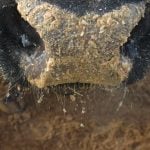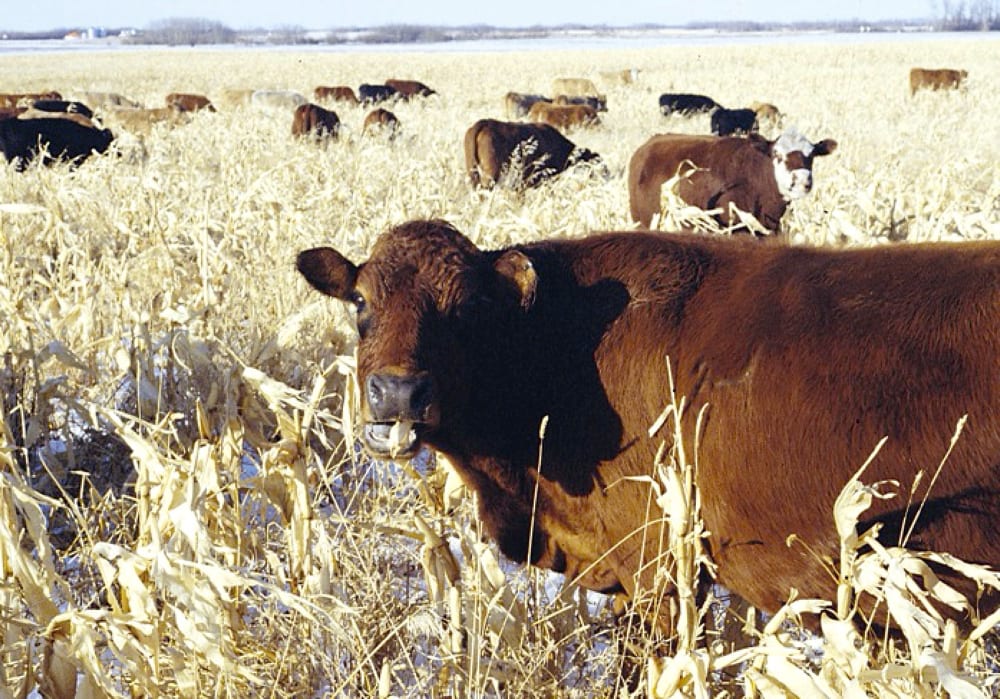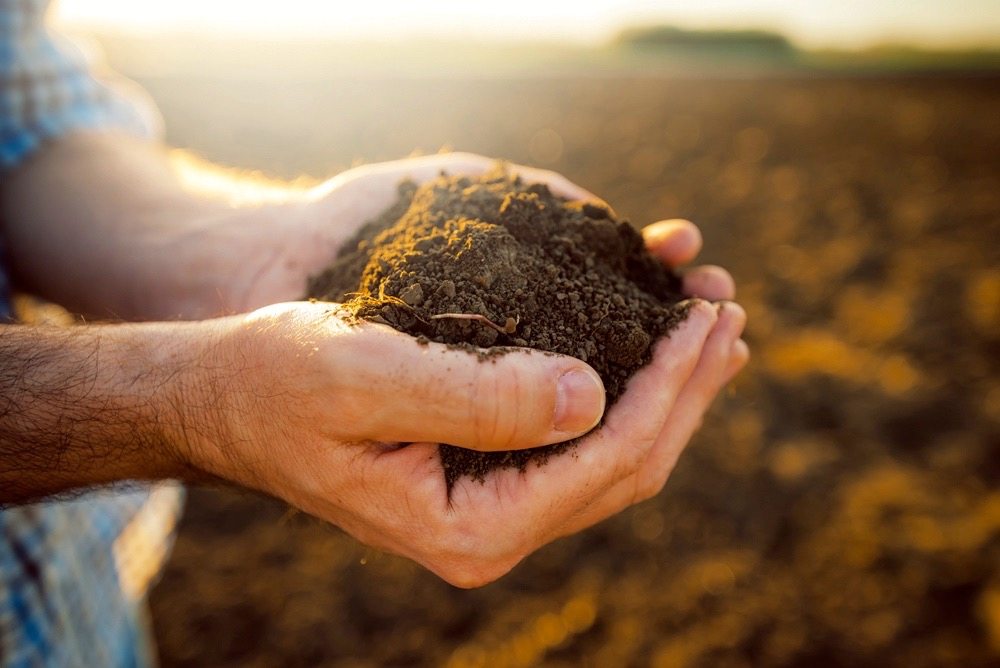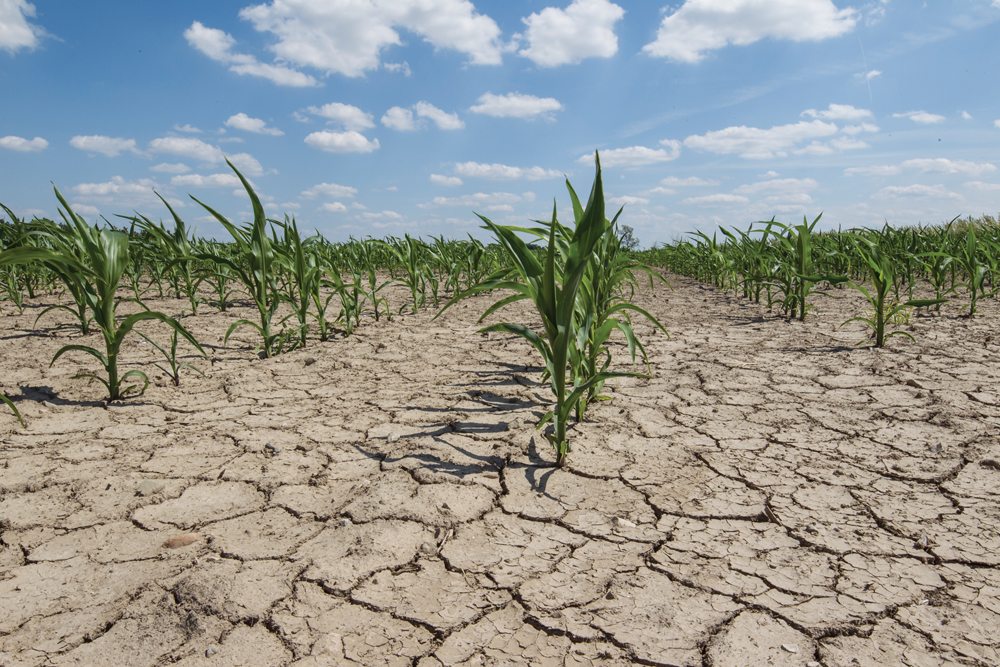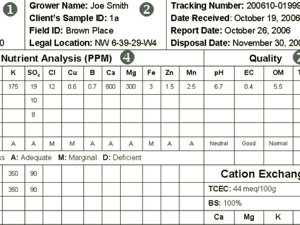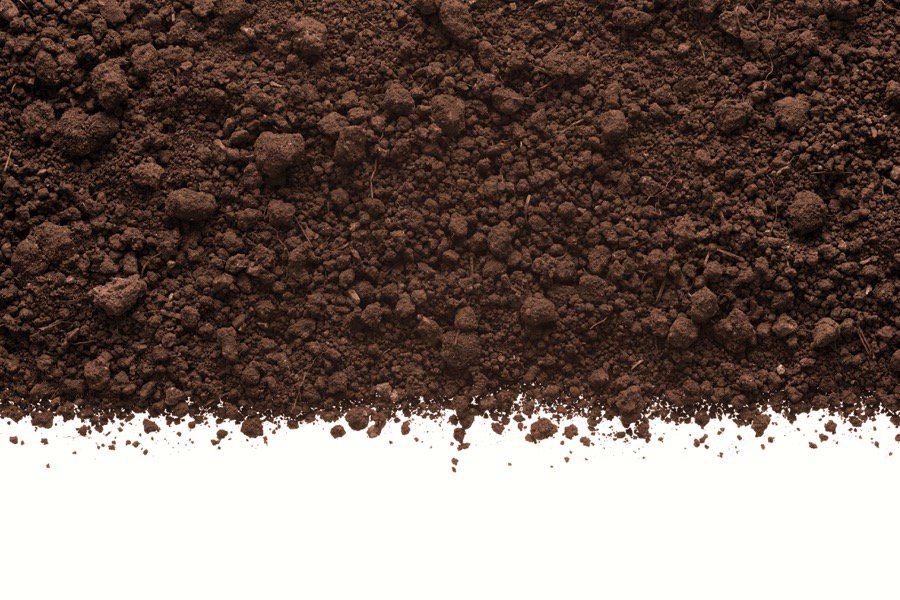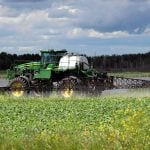Soil, your primary infrastructure

Farms and grazing operations — organic or otherwise — are only as good as their worst resource, according to Oregon-based grazier Abe Collins.
“Soil is our primary infrastructure on the farm,” said Collins, who spoke at the recent Organic Alberta conference.
“Biologically, chemically, and physically, you need to be looking at the limiting factors in your soil.”
In the Canadian Prairies, water tends to be a key limiting factor when it comes to growing crops and forages — but there are others as well, said Collins.
This checklist covers off six other important factors that could mean the difference between success and failure on your farm. While Collins was speaking to an audience of organic producers, there’s plenty of good ideas for conventional growers to borrow too.
1. Year-long green

The first rule, says Collins, is “100 per cent covered soils 100 per cent of the time — never bare soil.
“Bare soil is a burn victim,” he said.
“If we’re maintaining our land like that, we’re maintaining our loved one in a hospital bed with no skin.”
That means growing a variety of crops all throughout the year, through intercropping, incorporating winter crops into the rotation, and exploring cover crop mixes.
“We need to be growing during the growing season, growing in the winter, and growing when other people’s fields might be sitting under standing water.”
2. Physical permeability

Compacted soils are one of the biggest barriers to crop and forage growth, so dealing with compaction is “step one.”
“If I’m looking for the major limiting factor, nine times out of 10 it’s compaction,” said Collins.
“Air, water, gas, roots, microbes, and macro-organisms like worms have to be able to move through that soil. If it’s packed, that all shuts down.”
3. Minerals

Having adequate fertility in the soil is a key factor in plant growth, and in many cases, that simply means “unlocking” minerals that are already there.
“It’s amazing how much locked-up minerals there are in soils,” said Collins.
“Soil tests will come back and say that you need a lot of fertilizer, and yet there’s often 30,000 or 40,000 pounds of potassium, for example, in the top six inches, but it’s all locked up.”
But at other times, that means applying fertilizer that comes from a bag.
“When I try to turn land around that’s severely depleted, I don’t feel embarrassed about using any kind of fertilizer that is available and allowable to get that system rolling.”
4. Air

Air is essential for all life, says Collins, and “critical” in promoting healthy plant growth.
“If there’s no air, there’s a critical limiting factor,” he said.
Soils need both aerobic — or oxygen-rich — and anaerobic — or oxygen-free — conditions, but overall, soil is an aerobic system. “It needs to have airflow through it.”
5. Warmth

Plants need “warmth rather than heat,” says Collins. And the amount varies for each plant.
“We don’t need extreme heat, and we can’t live with extreme cold,” he said.
Soils need to be at about 70 per cent of air temperature in hot conditions to make full use of soil moisture, and producers can help with that by “modifying” their microclimates.
“It’s amazing what a one-inch layer of litter on the surface will do.”
6. Life in and on the soil

Diversity of life in and on the soil is “a shortcut” to healthy crops and grazing lands, says Collins.
“Life is the key,” he said. “We need diverse life in and on the soil almost year round, and really focusing too on diversity of rooting structures — sinking as much underground as we can.”
“I’ve never gone wrong with diversity. Every time I add one species or 10 more, things get better.”


